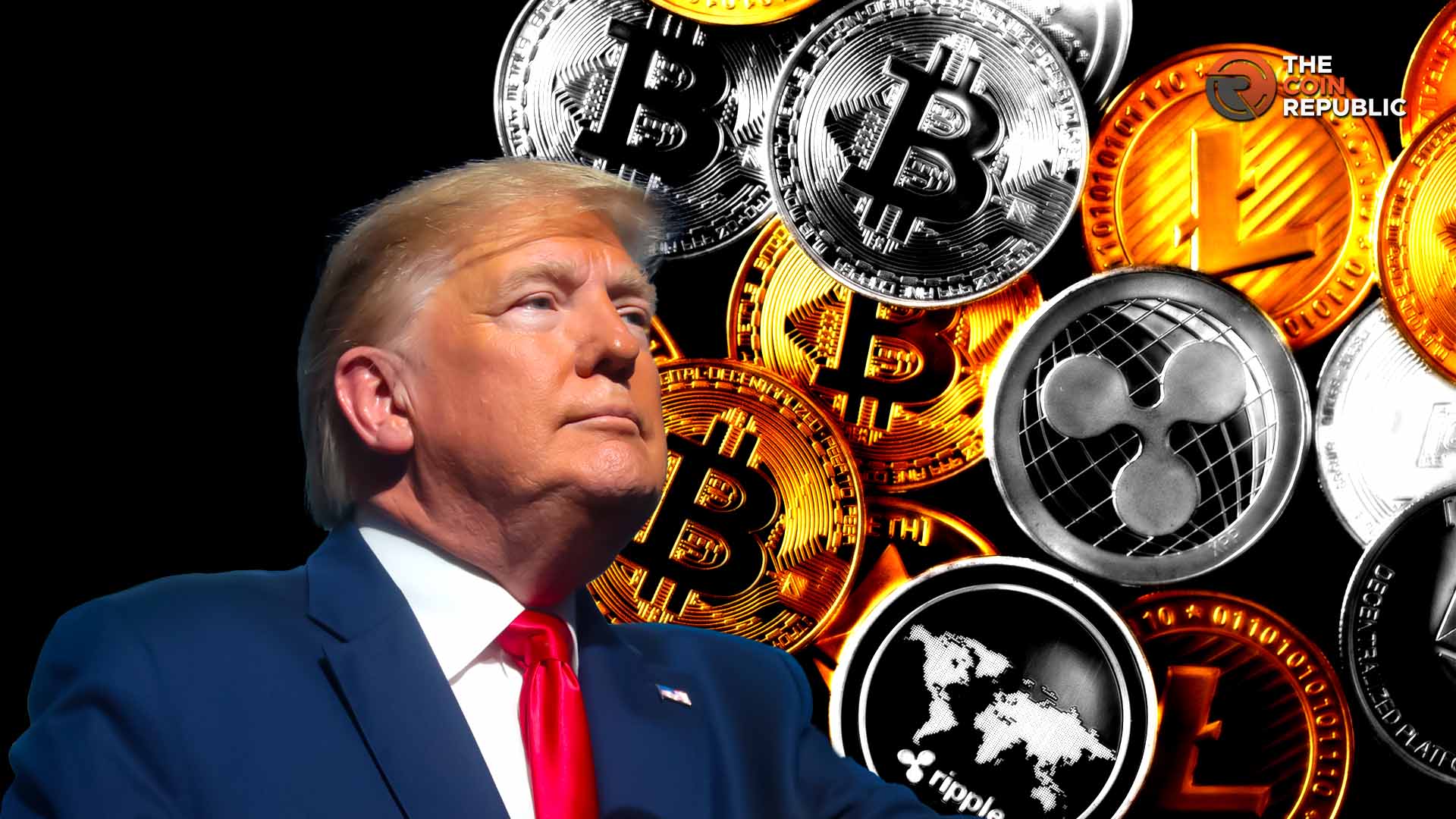Arthur Hayes, the influential co-founder of BitMEX, has issued a warning about a potential crypto crash coinciding with Donald Trump’s presidential inauguration on January 20, 2025.
In a detailed year-end analysis, Arthur Hayes argues that crypto investors may face a “vicious sell-off” due to unrealistic expectations about how quickly Trump can implement market-friendly policies.
The former crypto exchange executive, known for his macroeconomic forecasts, points to a critical disconnect between market expectations and political realities.
Hayes suggests that investors are overlooking constraints on Trump’s ability to enact quick policy changes, particularly given the narrow Republican majority in Congress and the looming 2026 midterm elections.
Policy Implementation Timeline Concerns
The core of Hayes’ crypto crash prediction rests on a detailed analysis of the political constraints facing Trump’s administration in 2025.
According to Hayes, the most critical limitation is the compressed timeline for implementing policy changes.
– Advertisement –
With only approximately one year before lawmakers shift their focus to the 2026 midterm elections, the window for meaningful economic policy reform is remarkably narrow.
The political dynamics present additional challenges. Hayes notes that Republicans hold only a razor-thin majority in both chambers of Congress, making sweeping legislative changes particularly difficult to achieve.
This becomes even more important considering that the entire House of Representatives and numerous Senate seats will be up for election in 2026.
Hayes emphasizes a crucial market psychology factor: the gap between investor expectations and political realities.
Many crypto investors appear to be pricing in immediate, dramatic policy shifts that would benefit digital assets.
However, Hayes argues that even the most capable administration would require years, not months, to address fundamental economic issues.
Chinese Capital Flow Dynamics
The potential market correction intersects with developments in Chinese capital movements, which Hayes identifies as a crucial factor for cryptocurrency markets.
Current patterns show Chinese investors increasingly using legal channels through Macau casinos and Hong Kong-registered companies to move capital offshore.
This capital flight could initially benefit cryptocurrency markets as investors seek alternatives to traditional financial systems.
Hayes points to a critical development in the relationship between Chinese monetary policy and cryptocurrency markets.
The People’s Bank of China (PBOC) is expected to increase the yuan supply, which traditionally prompts wealthy Chinese investors to seek offshore investments.
However, Hayes anticipates this window of opportunity may close as geopolitical tensions rise. Hong Kong’s role as a cryptocurrency hub adds another layer to this analysis.
Hayes suggests that the success of Hong Kong’s cryptocurrency ETFs could significantly influence market dynamics.
If Chinese authorities permit mainland investors to access these ETFs through southbound capital flows, it could provide substantial support for cryptocurrency prices.
Hayes Shares His Trading Strategy
Despite predicting a major market crash, Hayes maintains a constructive long-term view on cryptocurrency markets.
His firm, Maelstrom, plans to strategically reduce certain positions before the inauguration with the intention of reestablishing them at lower prices during the first half of 2025.
Hayes acknowledges the inherent difficulties in executing such market timing strategies. He points out a frequent pattern where traders sell too early and then struggle to re-enter positions as prices climb higher than their exit points.
To address this risk, Hayes emphasizes the importance of maintaining core positions even while reducing overall exposure.
His firm has committed to quickly reevaluating their stance if the market continues its upward trajectory through the inauguration period.
The long-term bullish case for cryptocurrency remains intact in Hayes’ analysis, supported by broader global economic trends.
He identifies several structural factors that could drive continued growth in the crypto market beyond any inauguration-related volatility.










